Run Wild
Spring and Nature Books
Spring and Nature Books
The recent trend in what is loosely called nature writing looks set to continue. Robert MacFarlane in his essay, ‘why we need nature writing’, published in the New Statesman on 2 September 2015, argues that the very phrase “nature writing” has become a cant phrase, branded and bandied out of any useful existence”, and he would be “glad to see its deletion from the current discourse”. He goes on to say: “Yet it is clear that in Britain we are living through a golden age of literature that explores relations between selfhood, landscape and ethics and addresses what Mabey has described as the “growing fault line in the way we perceive and talk about nature”.”
As populations worldwide become more urban and the flight from the country more pronounced, there does seem to be a growing need to celebrate landscape, flora and fauna, and as McFarlane says, to insert the personal into nature. With that in mind, here is our nature issue of 2018.
The first children’s story I ever wrote was inspired by a trip to Staffa. This magical island with its basalt columns and a luminous blue-green cave is home to a colony of puffins. If your timing is right (between April and July) you can stride across the grassy top of Staffa and get quite close to the puffins, who seem surprisingly relaxed about human contact. Perhaps this is because they’re standing on the edge of a precipitous cliff!
The magical island of Staffa
Puffins are charming little birds, also known as Clowns of the Sea. I didn’t know this at the time, but clearly their colourful beaks and big orange feet gave me the same impression. My first puffin story features a misfit bird called Lewis who, unlike his brother Harris, hates eating fish and is afraid of heights. He longs to be a circus clown, and as Harris points out, his clumsy gait and comical face make Lewis perfect for the job.
...
Extract from Run Wild by Gill Lewis Published by Barrington Stoke
The wolf is still at the old gasworks.
Somehow I thought he might have gone away or that maybe we had made him up in our heads. But he’s still there, lying on the pile of sacks. He must have got up at some point, because the bread crusts Connor threw for him have gone. I look over at Jakub. His eyes are wide, wide open.
“It’s a wolf,” Jakub whispers as if he can’t believe it. “A real wolf.”
The wolf watches us too. He lifts up h...
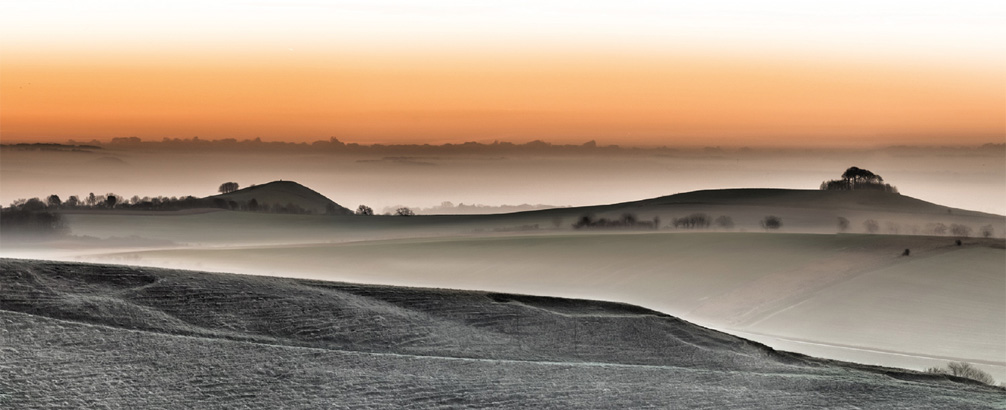

The Times Britain’s Best Walks
‘Rocks along the path were inscribed with a phrase from a Sorley MacLean poem: “I saw the little tree rising, in its branches the jewelled music” — and that fitted the growing trees, the flower-starre …


“I created A Pattern of Secrets: The Tour because I wanted to encourage pupils to go beyond the classroom, get outside and see their home town in a new, more positive light. Paisley’s textile glory da …


David Robinson reviews The Blood by ES Thomson – the latest Jem Flockhart crime novel – and asks: what do we read historical fiction for?
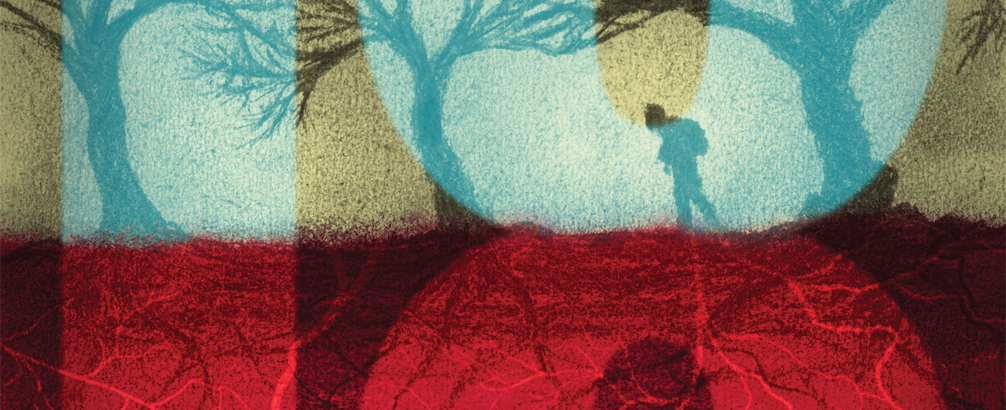

‘The birches and other trees rustled by the wind remind me of visitors who’ve arrived from a great distance.’
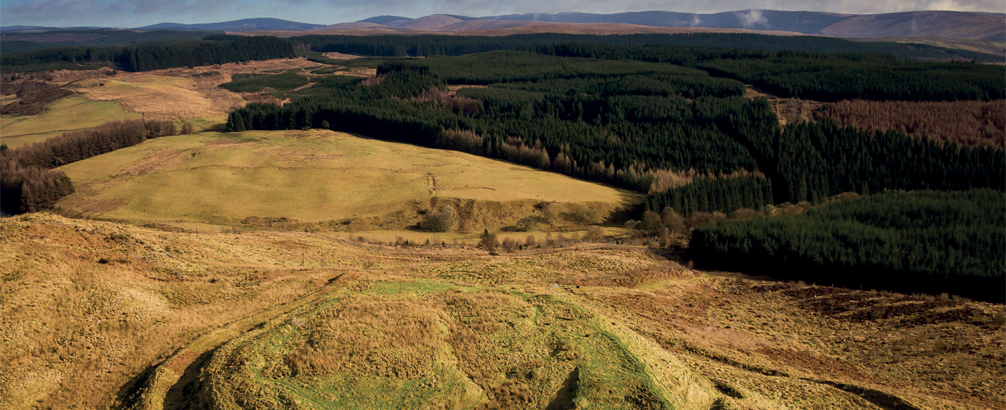

Native and Roman on the Northern Frontier
“By the 120s AD Hadrian’s Wall was under construction and Roman writers tell us some basic details of the ration allowances for their soldiers. We also now have a good idea of the number of units and …
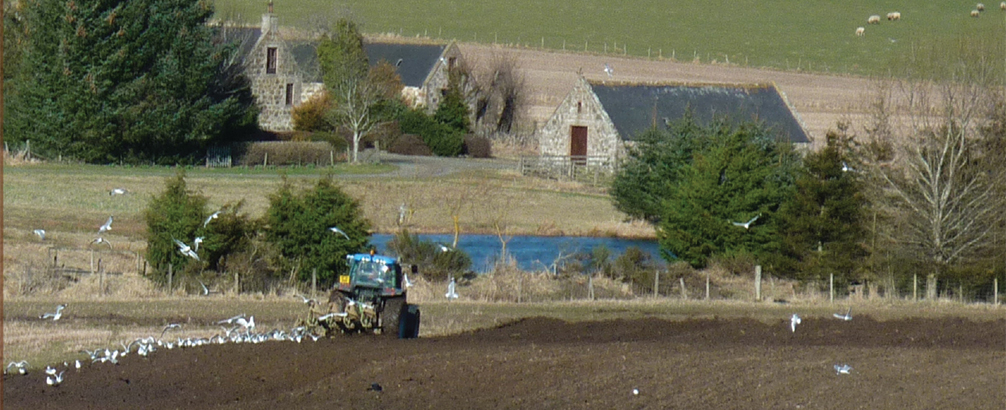

“I’ve spent time in my career developing simple methods to observe soil and to learn from it. When I handle the soil, it says good things to me. It speaks of its willingness to suck up water, to take …


The Particular Appeal of Shorebirds
“Many species have developed what are, even in these days of electronic sophistication, extraordinary sensing devices to find food below ground. Every spring they enliven the lengthening days with the …
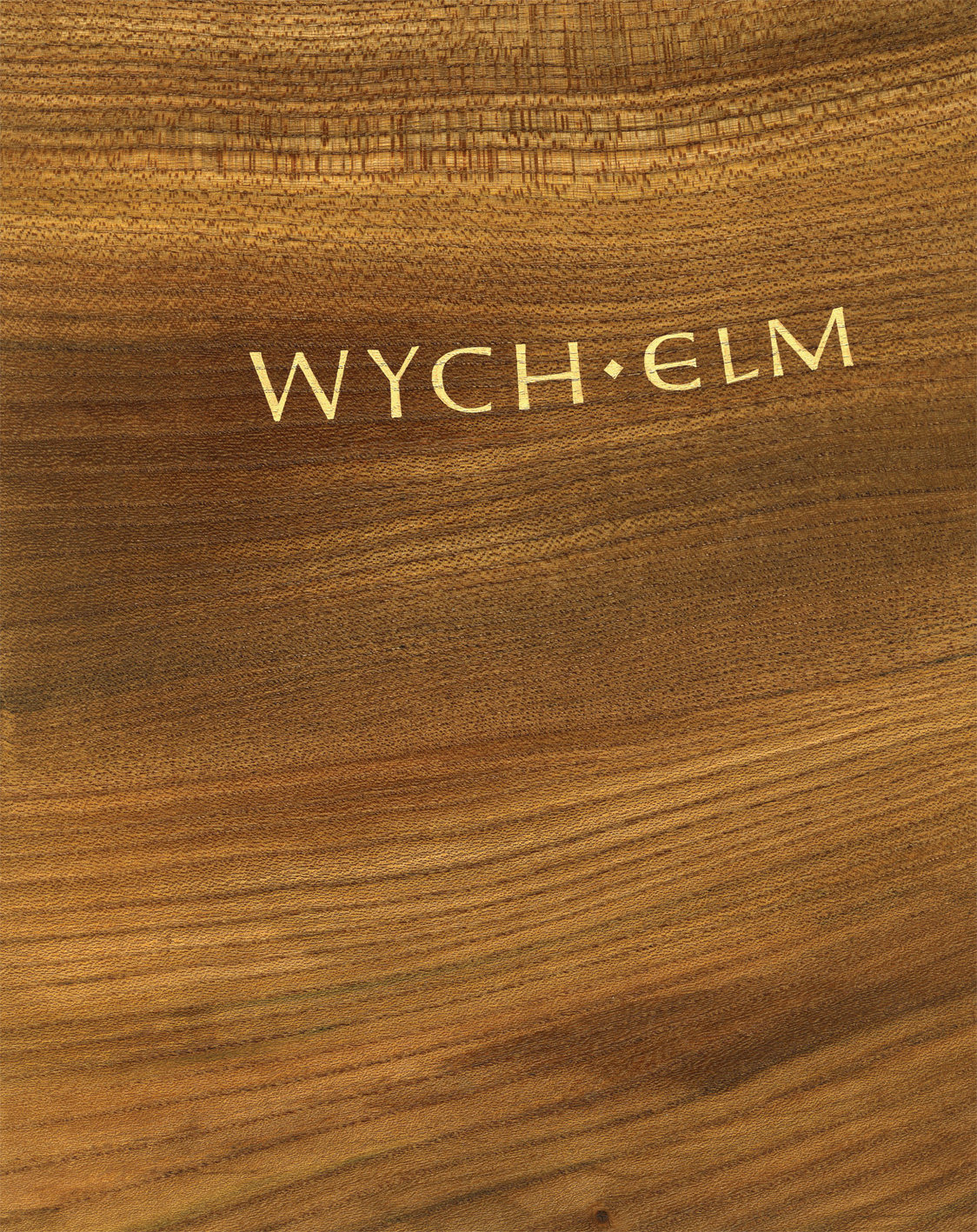

“The wych or Scotch elm, Ulmus glabra, has been growing in Scotland for around 9,000 years. Not only has it been here longer than people have inhabited Scotland, but it has also proved itself to be in …
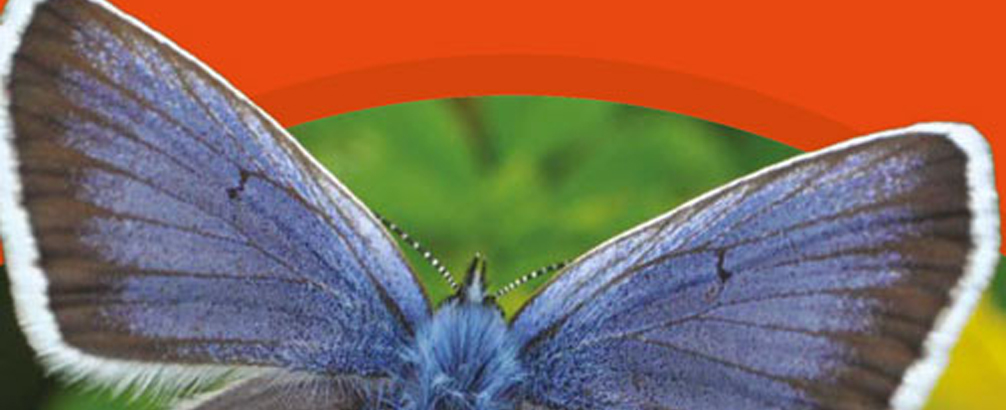

“Young spotters can search for over 140 species of butterflies and moths with this handy i-SPY Butterflies and Moths guide.”